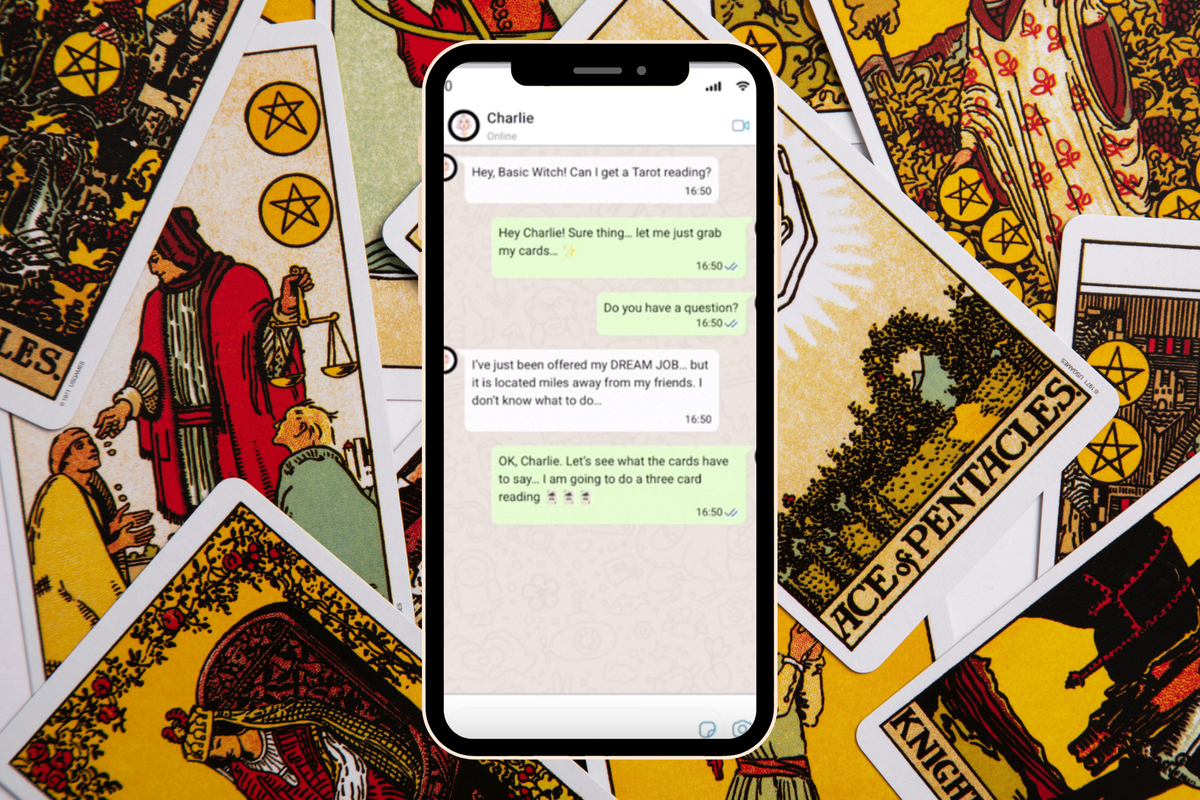It’s a rainy Saturday afternoon in Cornwall, and I am crying with Titania, a self-described Witch of the Old Ways. We’re sitting in a small cove outside Gwithti An Pystri, or A Cabinet of Folklore and Magic, a witchcraft museum in Falmouth. With no disrespect to Titania, I hadn’t expected much from the £10 tarot reading I’d booked on the spot. But here I was: entertained, yes, but also unexpectedly moved to tears by the accuracy of a stranger’s words.
Perhaps I shouldn’t have been so surprised. Cornwall has always been a land of enchantment, with a long history of witchcraft and mysticism. The peninsula is dotted with sacred wells, stone circles, and other sites that once stood at the heart of Cornish life. Today, they still draw those who practice witchcraft. Some are born here; others feel called.
Run by folklorist Steve Patterson, Gwithti An Pystri is a loving homage to Cornwall’s magical past. Among its curios are familiar objects — Ouija boards, crystal balls — alongside distinctly Cornish figures: the Bucca, Spriggan, Piskie and Knocker. Its centrepiece is a great metal frame that looks like a torture device but once served as a tool for sacred ritual. Across its windows, local astrologers, diviners, and witches advertise their services. The Cosmic Coven Astrology Club meets soon, as does the Falmouth Esoteric Book Group, and a workshop in shadow puppetry.
In the gift shop, I pick up a book about Morgawr, Falmouth’s answer to the Loch Ness Monster. The cryptid sea serpent has been sighted for many decades by fishermen and locals. According to legend, witches used to swim naked to seduce it. Outside of town, I pull over on a cliff, half-wondering if the creature might have swam this way. For a moment, I see a little black, shiny head bobbing out of the water. A flipper seems to wave. Morgawr? Alas, it’s just a seal, but I am still charmed.
Register for free to read this article.
